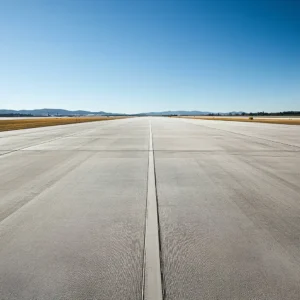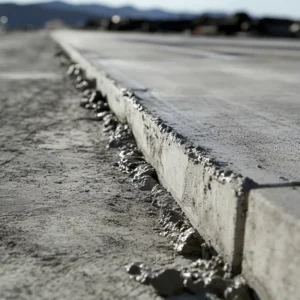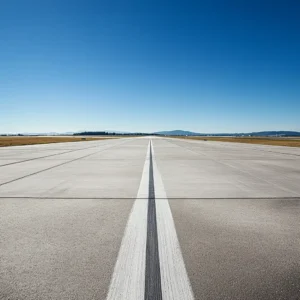Critical Infrastructure
The Role of Fibers in Critical Infrastructure
Introduction
Critical infrastructure forms the backbone of modern society, encompassing transportation systems, energy networks, and public utilities. Ensuring the durability and performance of these systems is paramount. Fibers, including polypropylene, polyester, steel, and cellulose, are essential materials for creating resilient structures capable of withstanding extreme loads and environmental stressors. Fiberego leads the industry in providing innovative fiber solutions tailored to the demands of critical infrastructure projects.
Types of Fibers for Critical Infrastructure
Polypropylene Fibers
Lightweight and durable, polypropylene fibers offer superior resistance to shrinkage and chemical degradation. Key applications include:
- Bridges and Overpasses: Preventing shrinkage cracks and enhancing flexural strength.
- Concrete Roadways: Improving resistance to thermal stress and heavy vehicular loads.
- Runway Foundations: Reducing cracking under extreme temperature fluctuations.

Polyester Fibers
Polyester fibers provide excellent flexibility, UV resistance, and durability. Applications include:
- Bridge Decks: Reinforcing concrete against weathering and dynamic loads.
- Airport Runways: Enhancing tensile strength to withstand aircraft loads.
- Concrete Pavements: Increasing durability in high-traffic areas.

Steel Fibers
Steel fibers deliver unmatched strength and load-bearing capacity, making them vital for:
- Bridge Foundations: Supporting structures under heavy traffic loads.
- Overpasses: Providing resilience against impact and vibration.
- Runway Slabs: Ensuring stability under repeated aircraft landings.
Cellulose Fibers
Eco-friendly cellulose fibers enhance workability and surface finish. Applications include:
- Roadway Construction: Improving compaction and reducing moisture susceptibility.
- Bridge Components: Enhancing mortar adhesion and crack resistance.
- Airport Infrastructure: Supporting uniform curing for long-lasting performance.
Applications of Fibers in Critical Infrastructure
Bridges and Overpasses
Fibers strengthen bridges and overpasses, ensuring they can bear heavy traffic loads and endure environmental stressors. Steel fibers provide tensile reinforcement, while polypropylene fibers prevent shrinkage cracks.
Concrete Roadways
Concrete roadways require durability to resist wear and tear from traffic and weather. Polyester fibers improve tensile strength, while cellulose fibers enhance compaction and reduce cracking.


Airport Runways
Airport runways must withstand extreme loads and temperature changes. Steel fibers ensure structural stability, while polypropylene fibers enhance flexibility and crack resistance under dynamic conditions.
Advantages of Fibers in Critical Infrastructure
Enhanced Strength and Durability
Fibers improve tensile and compressive strength, extending the lifespan of critical infrastructure components.
Resistance to Environmental Stress
Fibers reduce thermal and shrinkage cracks, ensuring resilience under extreme weather conditions.
Cost Efficiency
Reinforced fibers lower maintenance costs by reducing the need for frequent repairs and replacements.
Sustainability
Eco-friendly fibers like cellulose support green construction initiatives, reducing the carbon footprint of infrastructure projects.

Fiberego: Your Partner in Critical Infrastructure Solutions
Fiberego provides cutting-edge fiber solutions for critical infrastructure projects. Our advantages include:
- Tailored Products: Fibers designed for specific performance requirements.
- Expert Guidance: Technical support to optimize fiber usage in complex projects.
- Sustainability Commitment: Eco-friendly practices for greener infrastructure development.
Future Innovations in Fiber-Reinforced Infrastructure
Smart Fiber Integration
Fibers embedded with sensors to monitor structural health in real-time, ensuring proactive maintenance.
Advanced Composites
Hybrid fiber systems combining multiple materials for enhanced performance under extreme conditions.
Sustainable Fiber Solutions
Increased focus on biodegradable and recycled fibers for environmentally conscious construction.
Conclusion
Fibers are essential in critical infrastructure projects, providing the strength, durability, and resilience needed to support society’s most vital systems. Fiberego’s expertise in polypropylene, polyester, steel, and cellulose fibers ensures innovative solutions for bridges, roadways, and airport runways.
Trust Fiberego to reinforce the future of critical infrastructure with cutting-edge fiber technology.


